Units of Study / ARTS ACHIEVE VISUAL ARTS UNIT: ELEMENTARY
Shading and Value
UNIT SUMMARY | STANDARDS | OUTCOMES | RESOURCES
LESSONS 1-3 | LESSONS 4-8 | LESSONS 9-11
Unit Summary
Inquiry Question: Does peer feedback and art journal writing improve students' art literacy and support students to think and work like artists?
The Fall 2013 performance assessments revealed gaps in students' ability to write about masterworks and support their claims using art evidence. The teaching team at this elementary school developed an 11-session drawing unit on creating volume and proportion in order to create the illusion of 3-dimensionality. Students employed formative assessment strategies assisted by iPads. They learned the importance of feedback and used peer comments to revise work. Students also looked at and discussed works by artists such as Elizabeth Catlett, Vincent van Gogh, Eric Velasquez, and Erika G. Klein. The sessions resulted in still life drawings and landscapes.
New vocabulary words were introduced at the beginning of each lesson and defined as the lesson progressed, often breaking them down into prefixes and roots. Vocabulary was used constantly throughout the unit and written in the students’ sketchbooks for reference and reflection.
Use of Technology
This unit included multiple uses of online video, SMARTboard, web based resources, iPads, and selected apps. Students became skilled using the Explain Everything app on the iPads to capture each other’s work and provide feedback. They also used the iPad’s camera to photograph their still life so that they had documented object relationships for assembly in following sessions. Students captured their work at various stages and were able to track the work as it progressed. The instructors used an iPad and SMARTboard to record and display demonstrations. Recording teacher demonstrations meant that students who needed a refresher could simply view them again on an iPad, rather than having the teacher redo her demonstration. This allowed the teacher more time to work with more students.
Big Ideas
- How artists think, speak, write and work.
- Artists document, revise and reflect upon their artistic process.
- Artists are constantly refining and revising their work.
- Artist use art terminology to describe processes and to provide evidence to support their claims.
Essential Questions
- How do artists create the illusion of a 3-D artwork on a 2-D surface?
- How can technology support formative assessment ?
- How does documentation and answering inquiry based questions help students improve in learning and developing art literacy and in supporting students to think and work like artist?
Unit Navigation:
UNIT SUMMARY | STANDARDS | OUTCOMES | RESOURCES
LESSONS 1-3 | LESSONS 4-8 | LESSONS 9-11
back to top.
Unit Details
Arts Discipline: Visual Arts
Grade: 5
Borough: Brooklyn
Visual Arts: Elementary UNIT
Shading and Value



